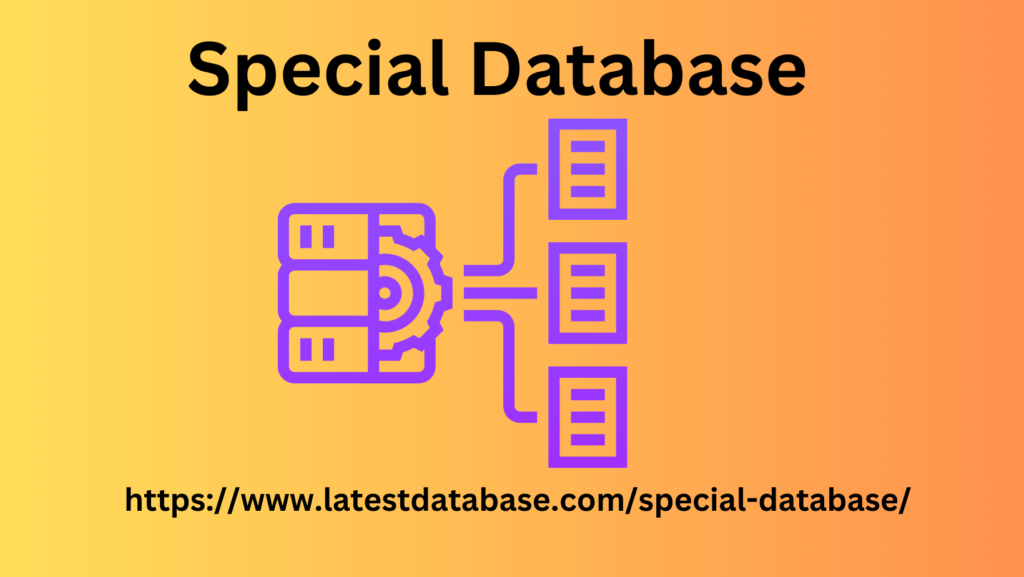|
|
What's more, falling into generic practices surely means destroying the chances of turning an SEO strategy into a winning project. That is why I will lead by example and I will try to offer a double vision of what web analytics can (and should) contribute to any SEO strategy. As the majority of readers of this blog are people with their own blogs, corporate or marketing professionals who try to get new ideas to apply to their projects, I have decided to do a double analysis of what it is going to become: Guide to web analytics for SEO applied to blogs. Guide to web analytics for SEO applied to ecommerce.
Adaptation to each particular case that will allow many more people to Special Database apply these tips or the entire guide to their daily professional life. And the reason for this guide is none other than to reach the greatest number of people and be as practical and applicable as possible. In the first point of the guide I will share with you a dashboard that will serve as an index to prepare the article and that you can link with your Google Analytics accounts for free so that you can apply one by one all the analyzes and recommendations that we are going to discuss in the guide. guide.

The data will be updated with that of your personal/professional account, so don't be afraid and link the panel because I think it can be very useful to improve your decision making and refine the SEO analysis of your blog or ecommerce. “Data is useless without context, so in this guide we are going to learn how to contextualize it to optimize your business decision-making” We already used this template in the web analytics class that I taught in Miguel Florido's SEO course last March, so some of you will have it fresher. But don't fall asleep, today we are going to expand much more on what those hours of class gave.
|
|
